Clock and load
If you leave all settings <auto>on, as probably the majority of the self-screwdrivers and customers, then the Ryzen 3 3300X is amazed again, because it can keep the 4.35 MHz stable on all 4 cores even under full load and only breaks down to 4.3 GHz with Blender.</auto> This means that the 4 cores clock higher in places than the Ryzen 9 3950X and also the Core i5 has to leave springs at the clock when more than 3 cores have to work. Then it goes down to 4 or even only 3.9 GHz, despite Enhanced Turbo <auto>on (i.e. active).</auto>
With the smaller R3 3100, the clock makes it to just over the 3.9 GHz, which in some situations can lead it to the core i5-9400, but the missing 400 MHz up to the Ryzen 3 3300X can be noticed in all situations. The smaller Ryzen 3 is not groundbreakingly more efficient, as we will see in a while, but most likely also suffers from the quality of the chip installed. AMD had to have some reason to halve a CCX again, which is a very bad idea because of the high latency.
Power consumption in the idle
If someone now complains that I could have tested the little Ryzen 3 in Eco mode, I can reassure him. This is also because it is not necessary at all. In the Idle, just over 20 watts are due in any case, no matter which of the small Ryzen 3.
Power consumption in gaming with different loads
Right now it’s getting really interesting! The Intel Core i5-9400 stays below the TDP window of 65 watts with a good 54 watts in lighter gaming, but is still far behind the two Ryzens, which perform significantly better at a good 40 watts.
Even the faster of the two Ryzen 3 sits not thirsty here.
With Assassin’s Creed, the power consumption of the Ryzen 3 3100 hardly increases with just under 43 watts, but the CPU is also slower.
The Ryzen 3 3300X is now in good racing with an average of 48 to 49 watts, as the Core i5-9400 is already rubbing its hump at the TDP window of up to 65 watts.
Full-load operation
I have deliberately dispensed with Prime95, because with programs like Blender you can also achieve a high and above all more realistic load, which you can also reproduce and encounter in everyday life. Here, all CPUs also fall above the set limits. Intel’s Core i5-9400 is nearly 85 watts, while the Ryzen 3 3100 is around 77 watts.
The Ryzen 3 3300X renders slightly faster, but needs approx. 79 watts. This is not a drama either, because the beat is kept well (thanks to good cooling and motherboard setting).
Of course, one can always argue whether one leaves these manufacturer specifications on the motherboards like this or if one proceeds more restrictively. But since all CPUs were allowed to start “overclocked”, this argument is also idle. Especially with such small CPUs, the end user will rub their hands with each piece of power in delight. For this, I have deliberately omitted the topic of overclocking. The Ryzen 3 can do that quite well on suitable motherboards.
















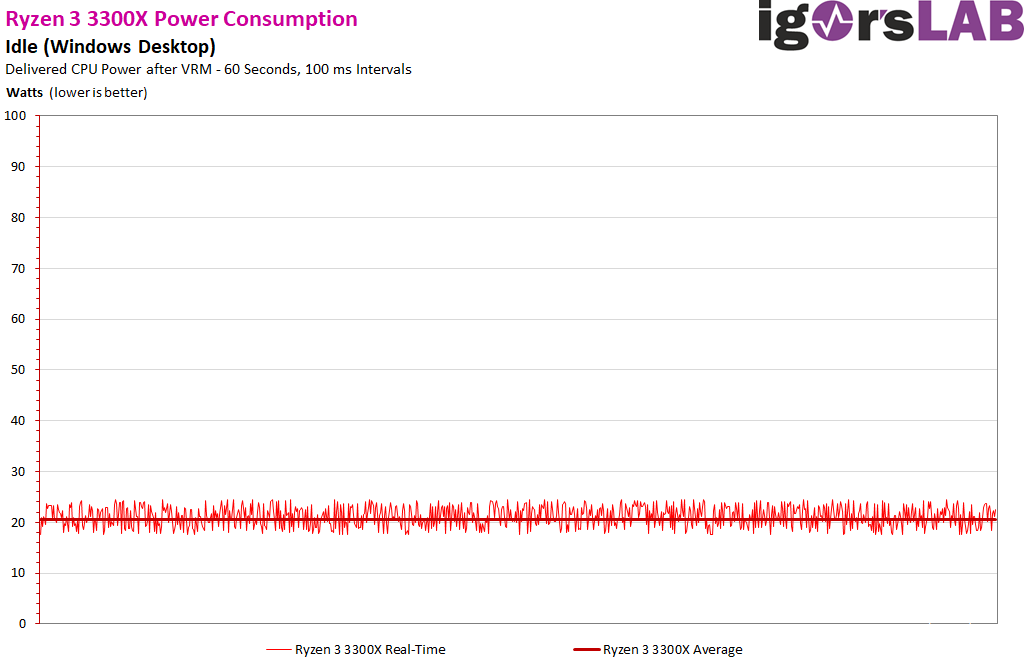


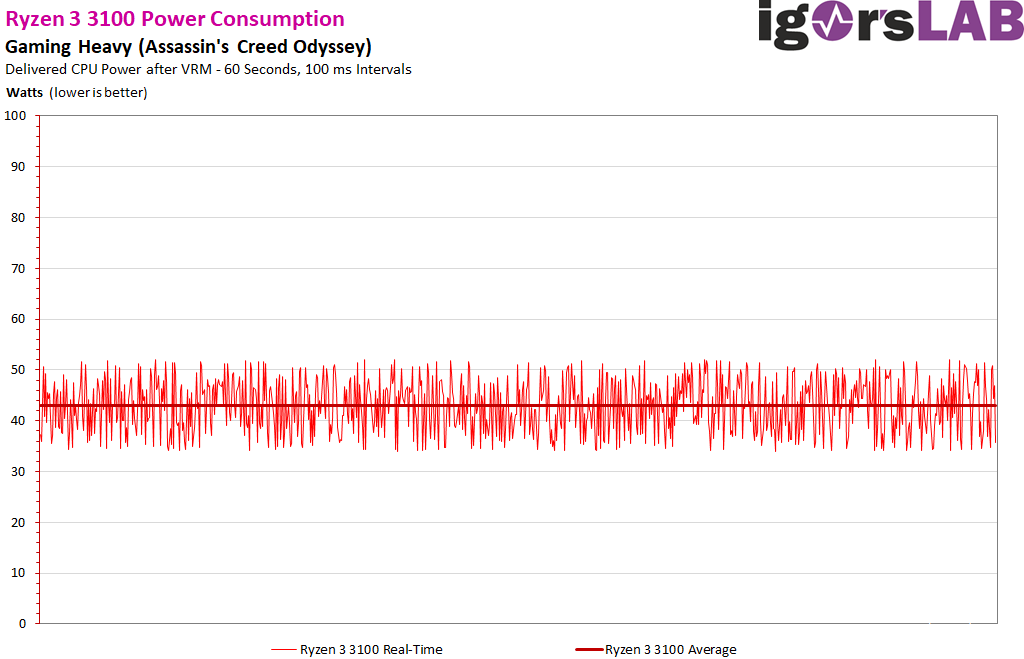
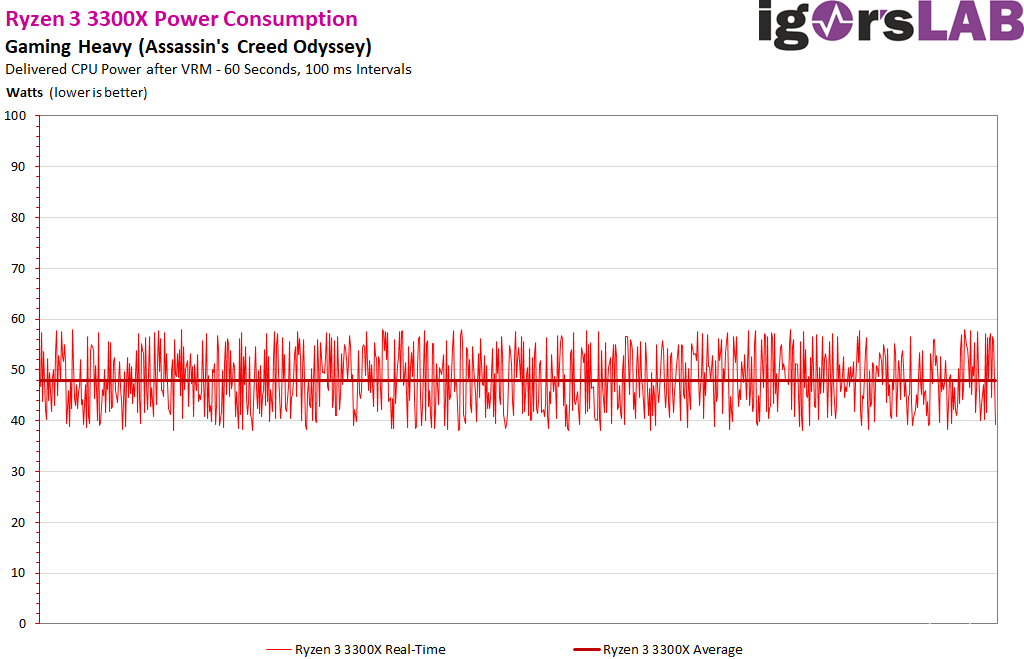
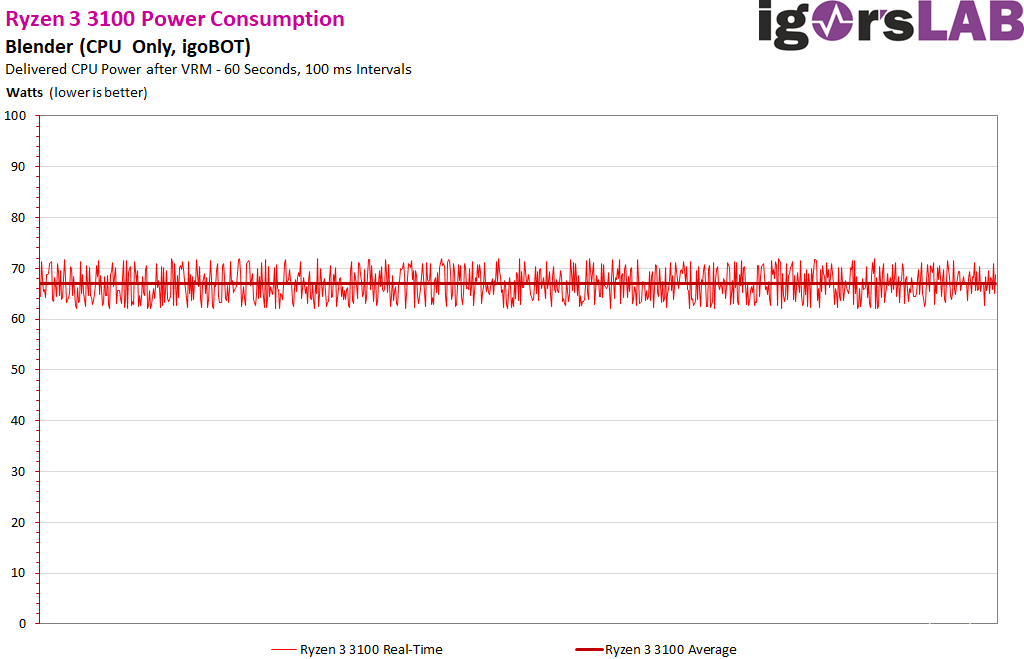
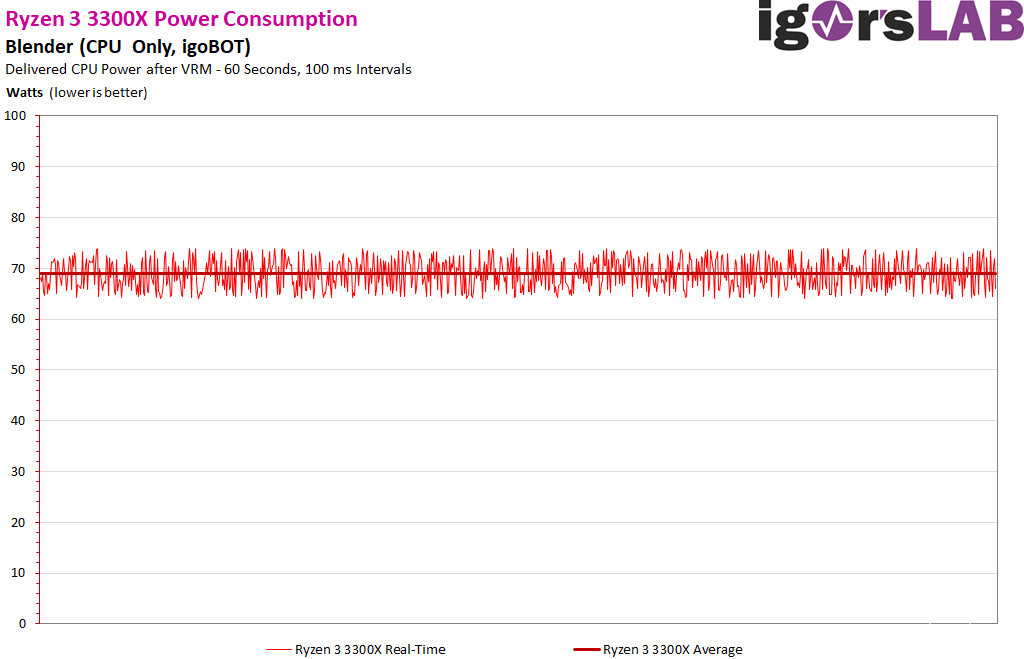



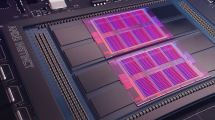















Kommentieren